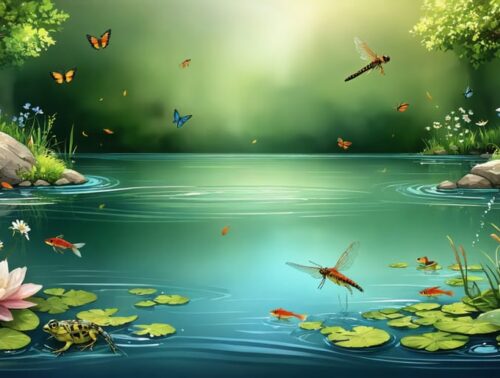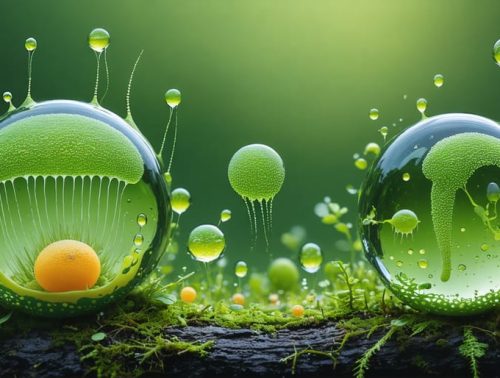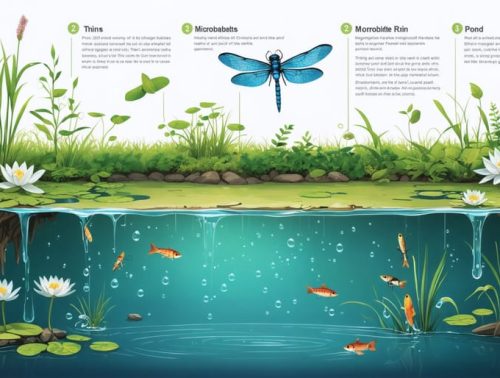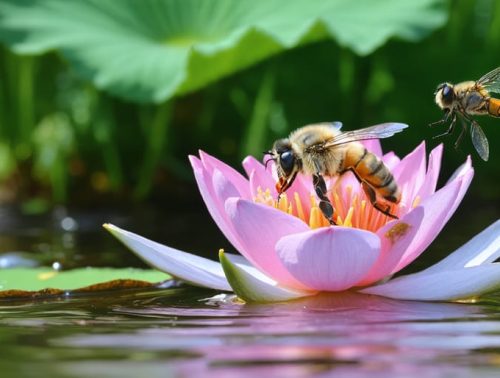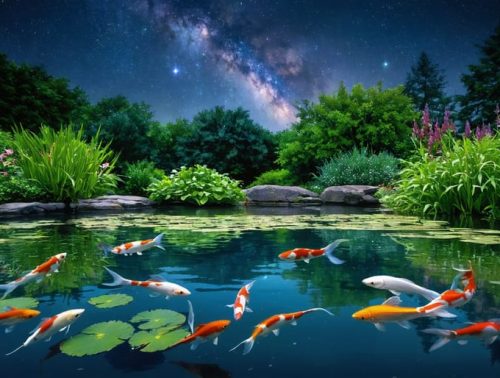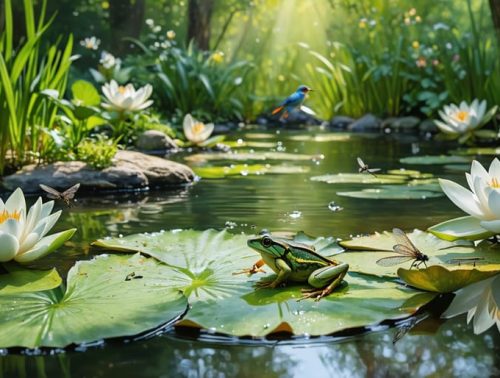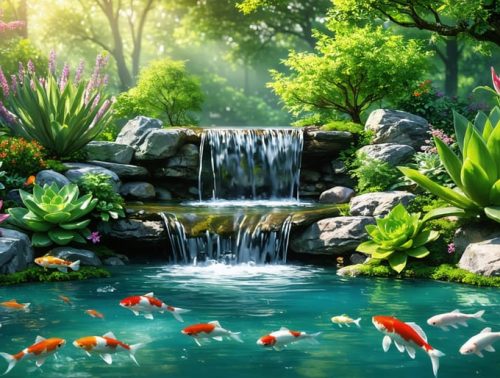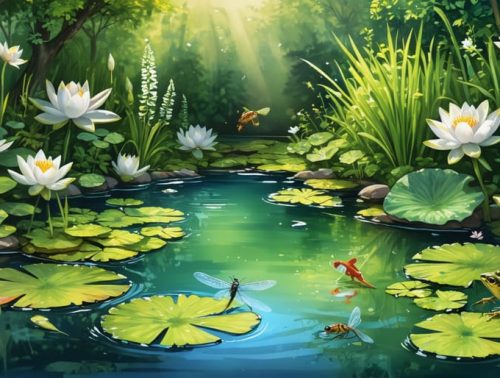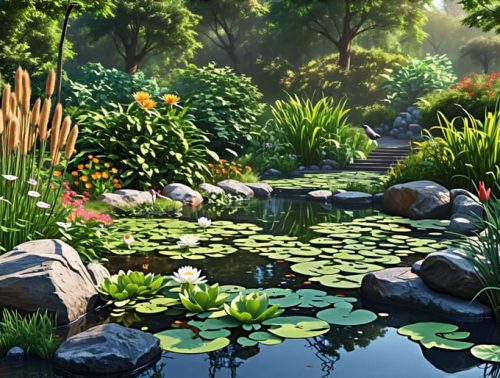Your Pond’s Seasonal Symphony: How Wildlife Adapts Through the Year
A pond’s rhythmic seasonal changes create nature’s most captivating show, transforming from spring’s vibrant awakening to winter’s quiet dormancy. Building a healthy pond ecosystem means embracing these natural cycles, each bringing unique challenges and rewards. Spring bursts with new growth as aquatic plants emerge and fish become active, while summer’s warmth creates a bustling hub of dragonflies, frogs, and waterfowl. Autumn paints the water’s surface with fallen leaves, …

